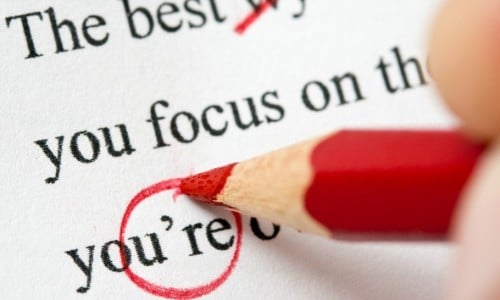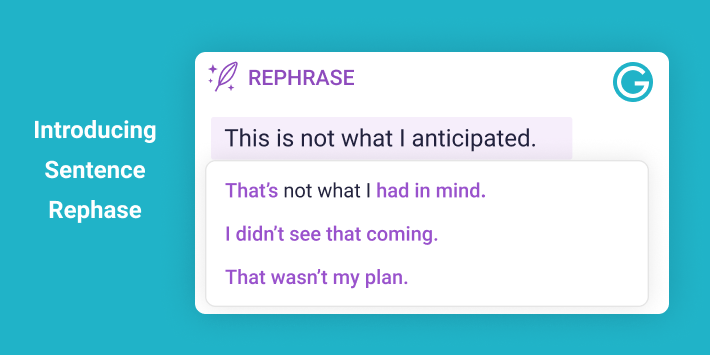
Guest post written by Anna Marsh on February 11, 2018
Do you get irritated by those green lines on your word document notifying you of a misplaced or missing comma? If yes, then you are among the many other writers who tend to goof their writing due to the wrong use of comma. The misuse of the comma is one of the most common forms of grammatical mistakes that writers commit in their writing pieces. Any major mistake in the comma usage can change the connotation of a word or alter the entire meaning of a sentence. So, if you are a newbie writer who wants to be more accurate with his comma usage, here are some of the common mistakes you must avoid: 1. Adding A Comma Before “That” In A Clause Often, we see writers using a comma before a clause that starts with “that”. This is a wrong practice because when we use “that” to introduce a restrictive clause then it does not require a comma before “that”. Incorrect: The car, that banged on the wall was old. Correct: The car that banged on the wall was old. 2. Not Using a Comma Between Two Independent Clauses That Are Connected By A Coordinating Conjunction This is another common mistake in comma usage. Not using a comma between two independent clauses separated by a conjunction can change the meaning of the whole sentence. Incorrect: I played chess but I could not win any competition. Correct: I played chess, but I could not win any competition. 3. Using A Comma Before A Verb In Relative Clause Putting a comma before a verb that connects a relative clause to the main clauses breaks the connection between the two clauses and changes the meaning of the sentence. Incorrect: One of the perks of hiring an essay writing service, is the free revision. Correct: One of the perks of hiring an essay writing service is the free revision. 4. Comma Splice and Run-On Sentence A comma splice occurs when you place a comma between two independent clauses without a conjunction between them. A Grammarian would consider this an inappropriate use of the comma. Incorrect: I opened the door, I fell on the ground. Correct: I opened the door. I fell on the ground. Furthermore, a run-on sentence occurs when you don’t put a comma when connecting two independent clauses. Incorrect: After I finished my work I went out for a break. Correct: After I finished my work, I went out for a break. 5. Using A Comma in An Essential Adjective Clause An essential adjective clause is one that is vital to explain the meaning of a sentence. For example: It is the place that I always aspired to visit in my lifetime. In the above example, the words in italics are the essential adjective clause because it defines the particular place that the subject wanted to pay a visit and using a comma is not appropriate in this case. Incorrect: He is the man, whom I met on the plane. Correct: He is the man whom I met on the plane. 6. Using A Comma Before a Subordinate Conjunction A subordinate conjunction is a type of conjunction that connects an independent clause with a dependent clause. Here are some of the examples: - Allan missed the train because he woke up late. - You cannot win the competition unless you excel in the training session. - He will visit New York after the winter ends. In the aforementioned examples, you can see that the dependent clause starts with a subordinate conjunction which connects it to the independent clause. The conjunction links the two clauses to give the right meaning. So, there is no need to use a comma between the clauses. Incorrect: I caught a cold, because I had some ice cream. Correct: I caught a cold because I had some ice cream. Wrap-Up The above-mentioned are some of the common mistakes in comma usage. Hope, this article helps you make the right use of comma in your writing. About the Author Anna Marsh is a Pro Writer, Educator, and a Blogger. In her blog, she likes to share her tips about the various aspects of grammar usage. She has a fascination in different cultures and languages. Being a veteran educator, she also helps students with their academic issues. You can reach her Twitter, Google+, and Facebook.
